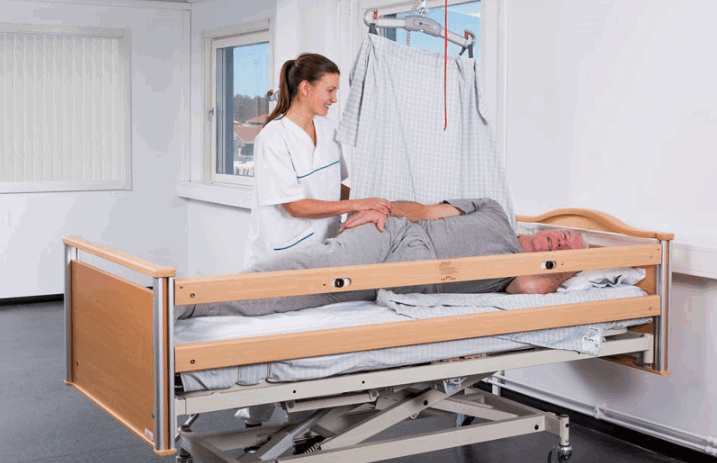Free delivery on orders over £40, only £3.95 under £40
Free delivery on orders over £40, only £3.95 under £40

Pressure sores are a common problem for people in long-term care and are graded by risk and severity. Treatment can help to ease symptoms and the right care can help with prevention.
Also known as ‘bed sores’, they are a common problem for people in long-term care, who often spend long periods of time in bed or seated in one position for too long. Parts of the body that are most at risk tend to be any bony areas that are in direct contact with the supporting surfaces like the shoulders, elbows, hip bones, knees, heels and ankles.
Pressure sores and ulcers are graded under a system by the European Pressure Ulcer Advisory Pane which takes into the risk and severity factors associated with each individual.
Grade one
Skin often appears discoloured as red or purple but does not turn white if pressure is applied to the area and skin remains intact. Grade one ulcers can hurt and itch, may feel warm and can be either firmer or softer than the surrounding skin.
Grade two
Some skin loss or damage to the top layers of skin which can make the wound appear open or blistered.
Grade three
Damage will have occurred through the thickness of the skin and possibly some underlying tissue but the bone will not have been affected. These sores often appear deep like a cavity wound.
Grade four
The most severe type of pressure ulcer as the skin will be heavily damaged along with the surrounding tissue. Maybe some damage to underlying tendons and bones which can put patients at risk of developing serious infections.
Medical advice from a doctor is essential for caring for pressure sores, if the person is in assisted living care, these will be treated and prevented by the care staff and nurses in a number of ways according to the NHS:
Pressure sores can be difficult to treat, but they are treatable and preventable with the right care and assistance.